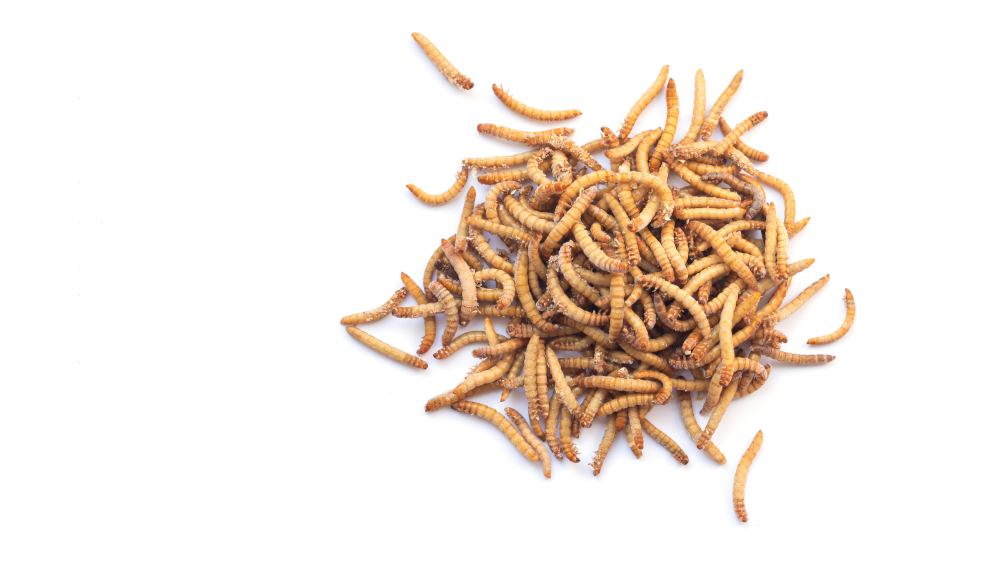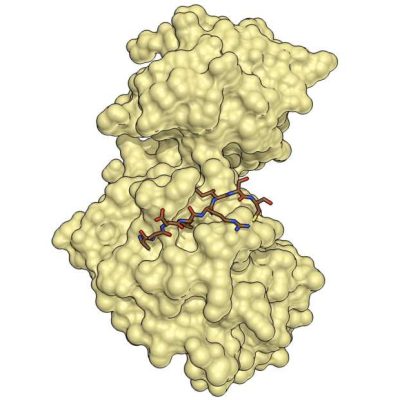Insects have been touted as a sustainable protein source for the future, but many people are put off by the idea of eating bugs. However, researchers at Wonkwang University in South Korea have found a way to make mealworms more palatable by creating a protein powder with a meaty flavor. The powder could be used to increase the protein content of fast food and other products, making it easier for people to incorporate insects into their diets.
The world’s population is expected to reach 9.7 billion by mid-century, and meeting the demand for meat from traditional sources such as cattle, pigs, and sheep will require significant amounts of food, water, and land. Insects are a more sustainable protein source, but many people find them unappetizing. To address this issue, the researchers at Wonkwang University created a protein powder from mealworms that has a flavor reminiscent of meat. The powder could be used to boost the protein content of fast food and other products, making it easier for people to incorporate insects into their diets.
To create the protein powder, the researchers cooked mealworms with sugar to create an aroma that resembles meat. They then analyzed the scent of mealworms at different stages of their life cycle and experimented with different cooking methods to create a range of flavors. The resulting protein powder contains 98 volatile compounds that give it a meaty flavor. The researchers hope that their work will encourage the food industry to incorporate insects into their products and help to address the growing demand for sustainable protein sources.
In conclusion, the researchers at Wonkwang University have found a way to make mealworms more palatable by creating a protein powder with a meaty flavor. The powder could be used to increase the protein content of fast food and other products, making it easier for people to incorporate insects into their diets. The researchers hope that their work will encourage the food industry to incorporate insects into their products and help to address the growing demand for sustainable protein sources.










